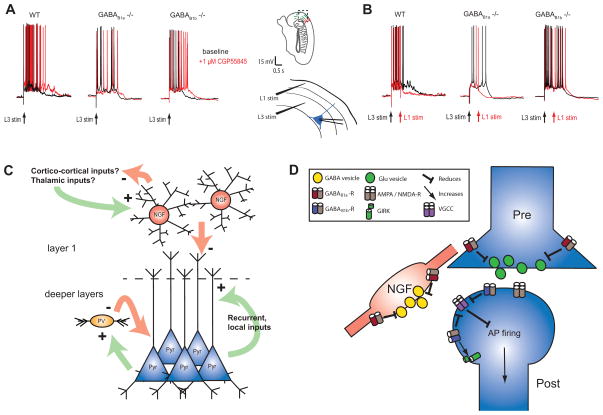Figure 1. Presynaptic GABAB receptors contribute to spontaneous termination of the Up state whilst postsynaptic GABAB receptors are necessary for layer 1 stimulus-evoked termination of the Up state.
(A), blockade of GABAB receptors with the selective antagonist CGP55845 prolongs the Up state (evoked in response to layer 3 stimulation in medial entorhinal cortex) in wildtype mice and those lacking the GABAB1b subunit, but not those lacking the GABAB1a subunit, implying that presynaptic GABAB receptors are involved in the spontaneous termination of the UP state. (B), electrical stimulation in layer 1 can terminate an ongoing Up state in wildtype mice and those lacking the GABAB1a subunit, but not in those lacking the GABAB1b subunit, demonstrating that afferent-evoked termination of the UP state is mediated by postsynaptic GABAB receptors. (C) and (D), schematic representation of proposed model: recurrent excitatory and inhibitory (GABAA receptor-mediated) connections sustain the Up state, with presynaptic GABAB receptors regulating the duration of the Up state by inhibiting transmitter release. Inputs to layer 1 (perhaps from the thalamus or other cortical regions) activate neurogliaform (NGF) cells, which target dendritic GABAB receptors to inhibit principal cell firing through reduced calcium entry, causing the network to enter a Down state. Neurogliaform cells may also regulate Up state duration by targeting GABAB receptors on the presynaptic glutamatergic terminals of the inputs arriving in layer 1. (A) and (B) adapted from [16], with permission.

